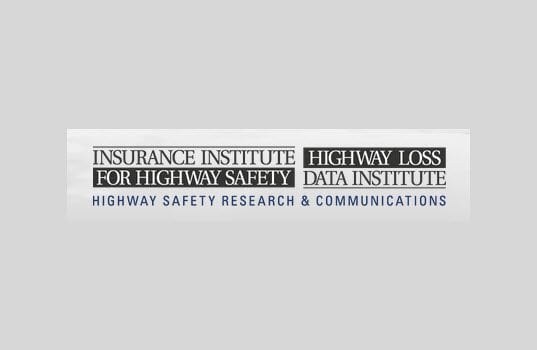A recent drop in teen driving likely comes down to simple economics. Young people today may want to drive just as much as they did a generation ago but simply can’t afford it, a new report from the Highway Loss Data Institute (HLDI) suggests.
While some observers have speculated that the rise of cellphones and social media has made driving less of an imperative in teens’ eyes, the study shows that the decline in teen driving coincided with the economic slowdown, and the shortage of work has disproportionately affected teenage job seekers.
“It looks like teens just can’t afford to drive,” says HLDI Vice President Matt Moore. “Paying for their own cars, gas and insurance is hard if they can’t find a job. At the same time, kids who count on Mom and Dad to help them also may be out of luck if their parents have been affected by the recession.”
A recent study from the U.S. Centers for Disease Control based on survey data estimated that the proportion of high school seniors with a driver’s license fell from 85 percent in 1996 to 73 percent in 2010. The proportion of seniors who reported that they didn’t drive during an average week rose from 15 percent to 22 percent over the same period.
Relying on insurance data, the HLDI study confirms the drop in teen driving. Analysts looked at changes in the number of rated drivers ages 14-19 under collision insurance policies in 49 states and the District of Columbia. A rated driver on a policy is typically the driver in the household considered to represent the greatest loss potential for the insured vehicle (usually the teen driver if there is one). From 2006 to 2012, the number of rated drivers ages 14-19 declined 12 percent. During that same period, the population of teens of these ages declined by only 3 percent.
Rated drivers ages 35-54, referred to in the study as prime-age drivers, were looked at for comparison. Their numbers also fell, but not as sharply as teen drivers. The result was fewer teen drivers relative to prime-age drivers. The ratio of teen drivers to prime-age drivers fell from 0.042 in 2006 to 0.038 in 2010 and then remained relatively constant through 2012. Using a ratio provided a control for changes in the number of teen drivers due to factors not specific to teenagers.
HLDI also looked at the differences in unemployment rates of teens and prime-age workers. The unemployment rate, defined as the percentage of the total labor force that is unemployed and actively seeking employment, increased for both groups between 2006 and 2010. However, the rise was steeper for teenagers — 11 percentage points compared with 5 percentage points for prime-age workers. The unemployment spread — the difference in unemployment rates for the two groups — increased at the height of the recession and then leveled off after 2010.
Looked at together, there was an inverse relationship between the growing unemployment spread and the falling ratio of teen drivers to prime-age drivers. Population changes and changes in state licensing ages contributed somewhat to the decline in the teen driver ratio, but HLDI analysts estimated that 79 percent of it was connected with the increasing unemployment spread. A majority of states had graduated licensing laws in place before 2006, so most of the laws’ impact on teen driving rates would have been felt earlier.
“As the economy picks up again, it’s possible that more teenagers will get behind the wheel,” Moore says. “Unfortunately, that may also mean a rise in teen crash fatalities, which have been trending downward.”









